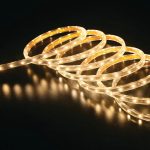LED Light Bulbs: How Much Do They Cost to Run? A Comprehensive Guide
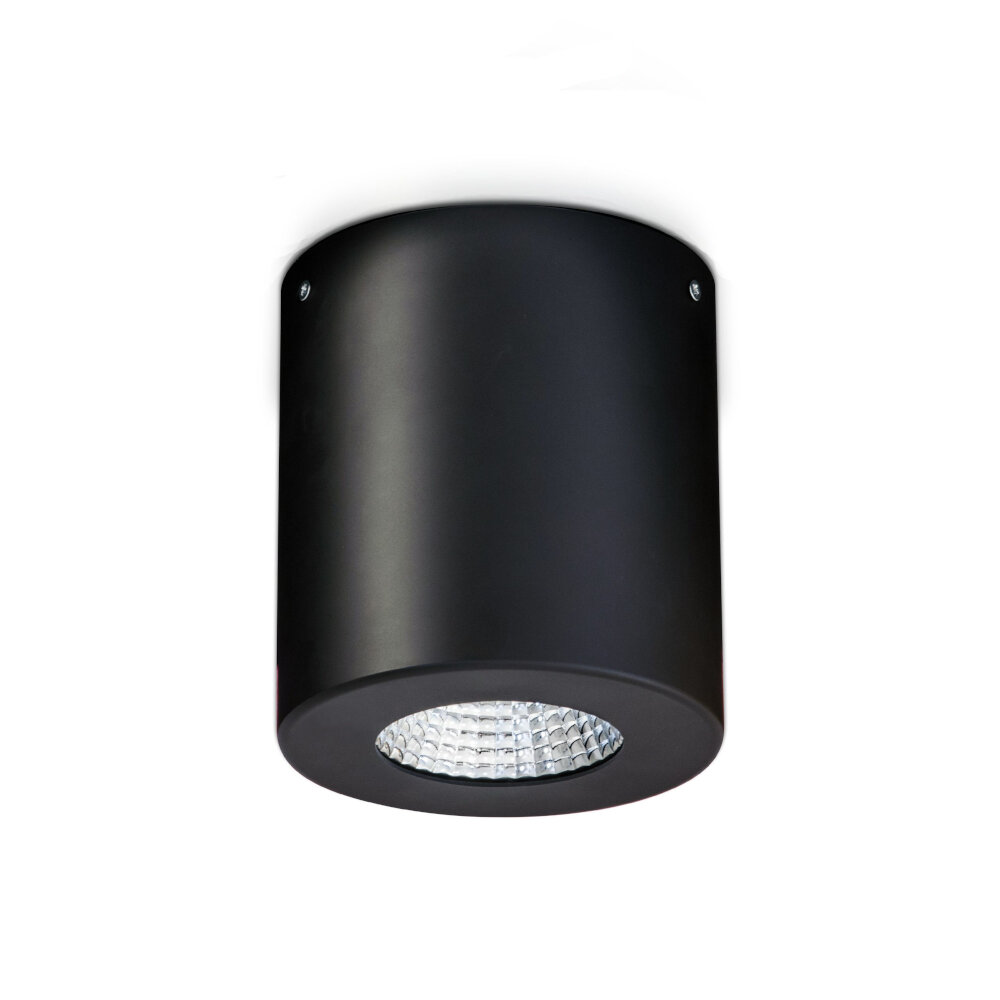
LED light bulbs have become increasingly popular in recent years due to their energy efficiency and longer lifespan. These innovative bulbs use light-emitting diodes to produce light, which consume significantly less energy than traditional incandescent bulbs. For homeowners and businesses alike, it’s important to understand the cost of running LED light bulbs and how they compare to other types of lighting options. In this comprehensive guide, we’ll explore the cost of running LED light bulbs and provide a breakdown of the factors that affect their energy consumption. We’ll also compare the cost of running LED light bulbs to other popular lighting options, such as halogen, fluorescent, and incandescent bulbs. With this information, you’ll be able to make an informed decision when it comes to choosing the right lighting for your needs, whether you’re looking to save money on your energy bills or reduce your carbon footprint.
LED light bulbs are considered the most energy-efficient and cost-effective lighting solution available in today’s market. They use semiconductors to produce light, which means they consume up to 90% less energy than traditional incandescent bulbs. LED bulbs also have a longer lifespan, typically lasting up to 25,000 hours. They come in a variety of shapes, sizes, and colors, making them suitable for almost any lighting application. LED bulbs are also environmentally friendly because they contain no hazardous materials and can be easily recycled. Although LED bulbs initially cost more than traditional bulbs, their energy savings and long lifespan make them a cost-effective choice in the long run.
Energy-efficient lighting is of utmost importance in today’s world. With the increase in demand for energy, it has become imperative to save energy wherever possible. LED light bulbs are a great way to reduce energy consumption as they use up to 85% less energy than traditional incandescent bulbs. This means that not only do they cost less to run, but they also have a lower environmental impact. Additionally, LED bulbs can last up to 25 times longer than traditional bulbs, reducing the amount of waste produced. This makes them an excellent investment for both homeowners and businesses looking to reduce their energy costs and carbon footprint. It is essential to understand the benefits of energy-efficient lighting as it not only saves money but also helps to protect the environment.
Factors Affecting LED Light Bulb Energy Consumption
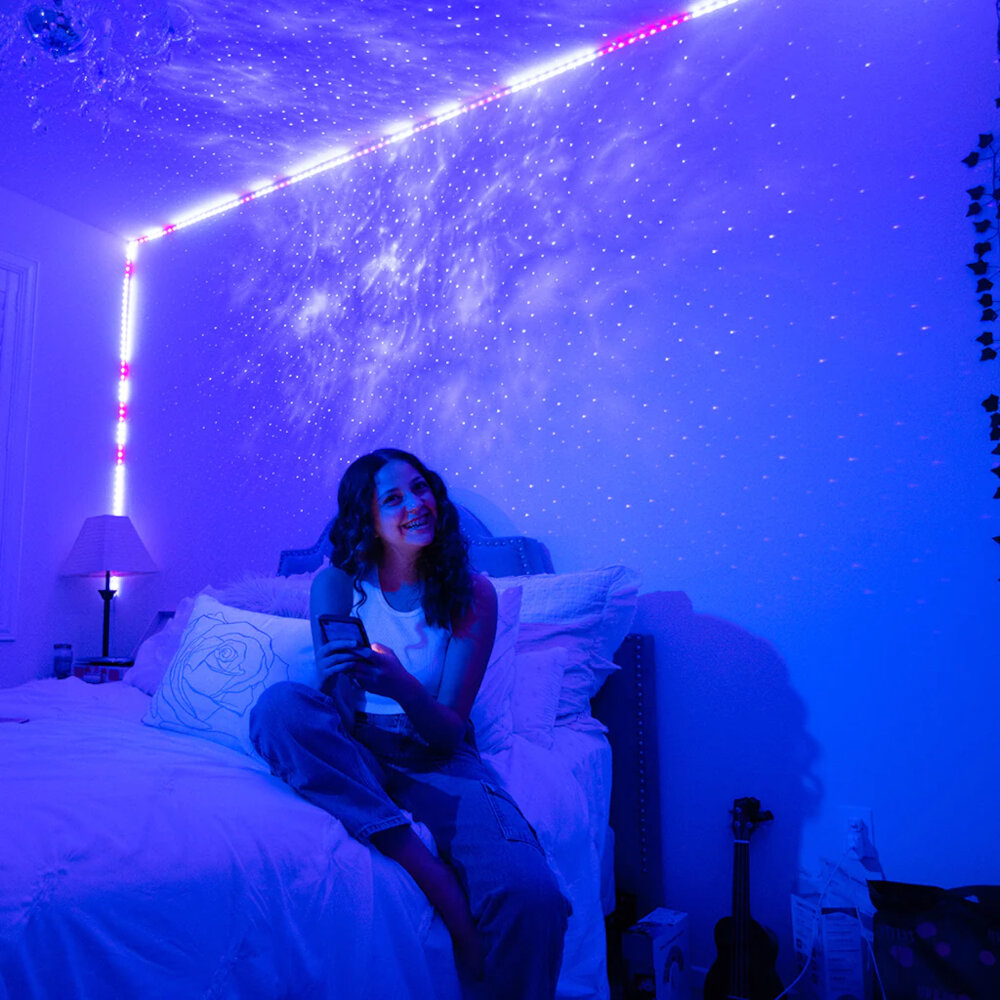
LED light bulbs are becoming increasingly popular as they are energy-efficient and eco-friendly. However, their energy consumption can also be affected by various factors. Firstly, the brightness of the LED bulb has a significant impact on its energy consumption. The brighter the bulb, the more energy it will consume. Therefore, it is essential to choose the appropriate brightness level according to the required lighting needs. Additionally, the size of the LED bulb also plays a role in its energy consumption. Larger bulbs will consume more energy than smaller ones. Hence, it is advisable to choose the right size of the bulb according to the lighting needs and space available. Secondly, the color temperature of the LED bulb also affects its energy consumption. The color temperature of the bulb is measured in Kelvins (K), and it determines the color of the light emitted by the bulb. The higher the color temperature, the cooler and brighter the light emitted, and the more energy it consumes. On the other hand, lower color temperatures emit warmer and softer light, consuming less energy. Therefore, it is essential to choose the right color temperature according to the intended use of the bulb. In conclusion, the energy consumption of LED light bulbs can be influenced by various factors, including brightness, size, and color temperature. By considering these factors, one can select the appropriate LED bulb for their lighting needs, ensuring energy efficiency and cost-effectiveness in the long run.
When it comes to LED light bulbs, wattage and lumens are two essential terms that you need to understand. Wattage refers to the amount of energy that a light bulb consumes to produce light. The higher the wattage, the more energy it consumes. On the other hand, lumens are a measure of the amount of light that a bulb emits. The higher the lumens, the brighter the bulb. While traditional incandescent bulbs are rated by wattage, LED bulbs are rated by lumens. This is because LED bulbs are much more efficient than traditional bulbs, meaning they use less energy to produce the same amount of light. So, when you are choosing an LED bulb, pay attention to the lumens rating rather than the wattage.
The hours of use is a crucial factor to consider when calculating the cost of running LED light bulbs. LED bulbs have a longer lifespan than traditional incandescent bulbs, with an average of 25,000 hours of use compared to only 1,200 hours. This means that LED bulbs require fewer replacements, resulting in long-term cost savings. Additionally, LED bulbs are energy-efficient, using up to 80% less energy than incandescent bulbs. This translates to lower electricity bills and a reduced carbon footprint. It’s important to consider the hours of use when choosing LED bulbs, as it impacts both the initial cost and long-term savings.
The cost of electricity is a crucial factor to consider when choosing light bulbs for your home or business. LED light bulbs have become increasingly popular due to their energy efficiency and cost-effectiveness. Unlike traditional incandescent bulbs, LED bulbs use a semiconductor to convert electricity into light, which results in significantly lower energy consumption. The cost of electricity varies depending on your location, but on average, it can range from 10 to 20 cents per kilowatt-hour (kWh). By using LED bulbs, you can reduce your electricity bills and save money in the long run while also reducing your carbon footprint.
Dimming and color temperature are two essential features of LED light bulbs that affect their energy efficiency and overall quality of light. Dimming allows users to adjust the brightness of the bulb, which not only saves energy but also creates an ambiance suitable for different activities. Color temperature, on the other hand, refers to the appearance of the light, ranging from warm yellow to cool blue, measured in Kelvin units. The right color temperature can enhance the color of the room and improve the mood of the people in it. Both dimming and color temperature can be controlled through smart home devices, making LED light bulbs even more convenient and cost-effective.
Calculating the Cost of Running LED Light Bulbs
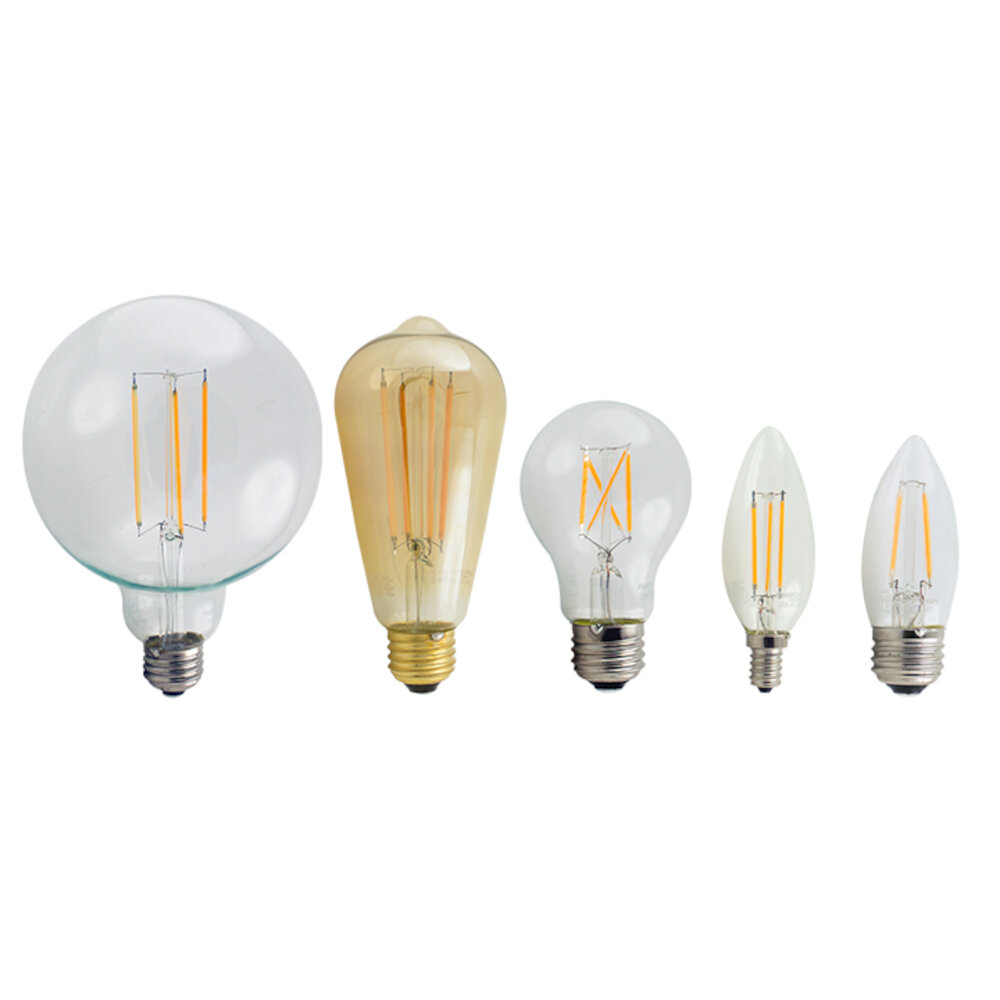
LED light bulbs are a popular choice for homeowners who are looking for an energy-efficient lighting solution that can save them money on their electricity bill. However, it’s important to know how to calculate the cost of running LED light bulbs so you can make an informed decision. To calculate the cost of running an LED light bulb, you need to know the wattage of the bulb and the cost of electricity in your area. You can then use these numbers to calculate the cost per hour, day, week, or year. One of the biggest advantages of LED light bulbs is that they are much more energy-efficient than traditional incandescent bulbs. LED bulbs use up to 80% less energy than incandescent bulbs, which means they cost less to run. For example, a 60-watt incandescent bulb uses 60 watts of energy per hour, while a 10-watt LED bulb uses only 10 watts of energy per hour. Over time, the energy savings can really add up, especially if you have multiple light bulbs in your home. By switching to LED bulbs, you can not only save money on your electricity bill, but also reduce your carbon footprint and help protect the environment.
The formula for calculating energy consumption is a fundamental tool for determining the cost of running LED light bulbs. To calculate energy consumption, one must multiply the wattage of the LED bulb by the number of hours it operates in a day, and then divide the result by 1,000. The resulting number represents the number of kilowatt-hours (kWh) the bulb consumes in a day. From here, it is easy to calculate the monthly or yearly energy consumption of the bulb by multiplying the daily consumption by the number of days in the month or year. By using this formula, consumers can make informed decisions about which LED bulbs to use, based on their energy efficiency and cost-effectiveness.
One example calculation for determining the cost to run an LED light bulb involves multiplying the wattage of the bulb by the number of hours it will be used, then dividing by 1000 to get the number of kilowatt-hours (kWh) used. For instance, a 10-watt LED bulb used for 6 hours per day would consume 60 watt-hours or 0.06 kWh per day. Multiplying this by 30 days in a month gives a total consumption of 1.8 kWh per month. If the electricity rate is $0.15 per kWh, the monthly cost of running the LED bulb would be $0.27. This calculation shows that while LED bulbs may be more expensive to purchase upfront, their energy efficiency and lower running costs make them a smarter long-term investment.
When it comes to energy efficiency, LED light bulbs outshine traditional incandescent and compact fluorescent bulbs. Incandescent bulbs are the least efficient as they waste up to 90% of their energy as heat, making them costly to run. Compact fluorescent bulbs are more efficient than incandescent but still lose energy due to heat and contain hazardous materials, making them difficult to dispose of. In contrast, LED bulbs are highly efficient and use up to 80% less energy than incandescent bulbs, resulting in significant cost savings over time. Additionally, LED bulbs have a longer lifespan and are environmentally friendly, making them a smarter choice for both your wallet and the planet.
Tips for Reducing LED Light Bulb Energy Consumption
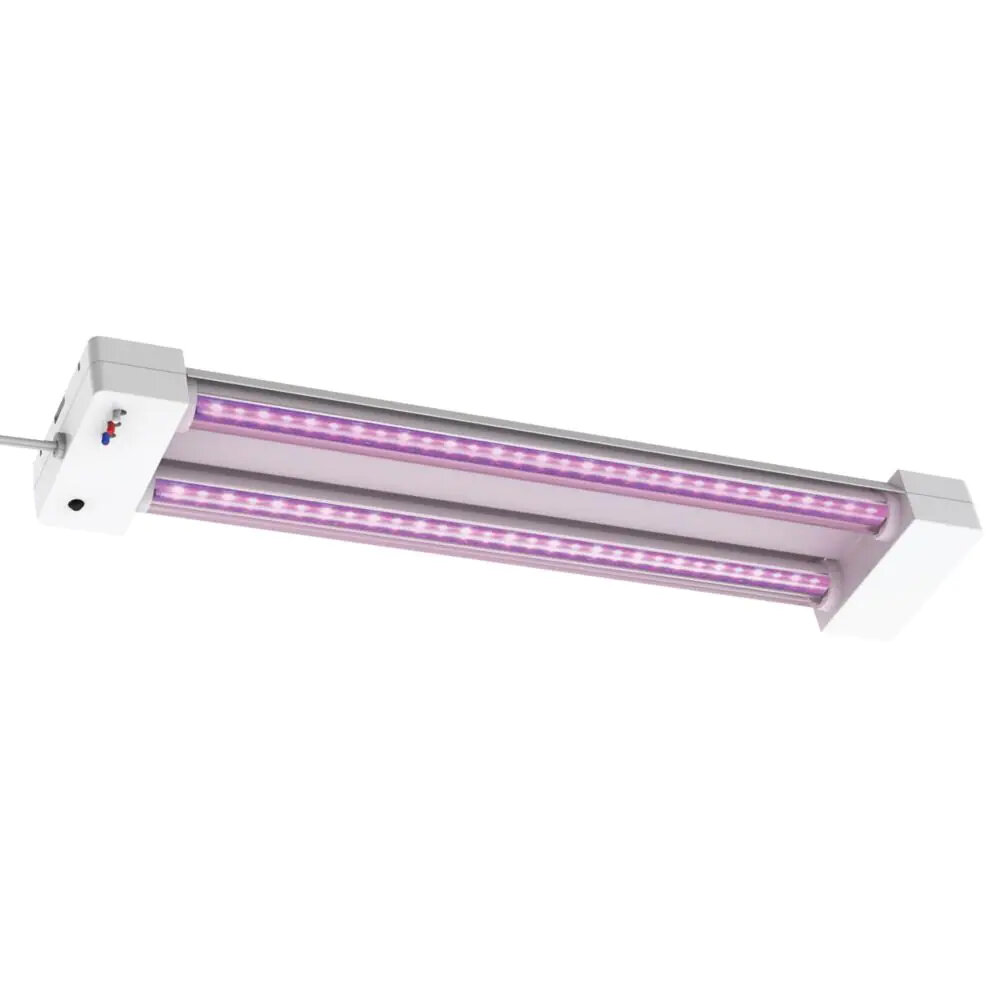
LED light bulbs are a popular choice among households and businesses due to their energy efficiency and long lifespan. However, there are still ways to reduce their energy consumption further. One tip is to choose the right color temperature for your needs. LED bulbs come in a range of color temperatures, from cool white to warm white. Choosing a warmer color can make your space feel more comfortable and reduce the need for additional heating. Additionally, using dimmer switches can help you adjust the brightness of your LED lights, which can reduce energy consumption and create a more comfortable atmosphere. Another tip for reducing LED light bulb energy consumption is to choose the right bulb for your fixture. LED bulbs come in different shapes and sizes, and choosing the right one for your fixture can help ensure that you’re not using more energy than necessary. Additionally, make sure to turn off your lights when you’re not using them. This may seem like a no-brainer, but it’s an important step that can often be forgotten. Using motion sensors or timers can also help ensure that your lights are only on when they need to be, which can further reduce your energy consumption and save you money on your electricity bill. By following these tips, you can make the most of your LED light bulbs’ energy efficiency and enjoy a more comfortable and cost-effective lighting solution.
Proper installation is crucial when it comes to LED light bulbs, as it can affect the performance, efficiency, and lifespan of the bulb. Before installation, it’s essential to ensure that the bulb is compatible with the fixture and that the voltage and wattage are appropriate. When installing the bulb, make sure to handle it carefully, avoiding any damage to the bulb or its components. It’s also important to clean the fixture and remove any debris, as it can affect the bulb’s performance. Properly installing the bulb will not only ensure optimal performance and energy efficiency, but it will also save you money in the long run by reducing the need for frequent replacements.
Timers and sensors are valuable tools in managing the energy consumption of LED light bulbs. With the use of timers, you can set the duration of time that your LED lights are turned on, especially when no one is around. This is especially useful in outdoor lighting systems, where lights can be programmed to turn on at dusk and off at dawn. In addition, sensors can also be used to detect movement and turn on the lights only when necessary, saving energy and money in the process. These smart technologies not only reduce the cost of running LED light bulbs but also contribute to a more eco-friendly and sustainable lifestyle.
Choosing the right bulb for a particular space is essential for creating the perfect ambiance and ensuring energy efficiency. LED bulbs are the most popular choice because of their long lifespan, energy efficiency, and low maintenance costs. When selecting an LED bulb, consider the color temperature, which ranges from warm to cool white. Warm white bulbs are suitable for living spaces, while cool white bulbs are ideal for workspaces. The brightness or lumens of the bulb should also be considered for the space. Higher lumens are ideal for spaces that require brighter lighting, such as kitchens and bathrooms, while lower lumens are suitable for bedrooms and living rooms. With the right LED bulb, you can create the perfect atmosphere while saving energy and money.
Proper disposal of old bulbs is crucial for environmental safety because traditional bulbs contain harmful chemicals such as mercury and lead, which can contaminate the soil and water supply. To properly dispose of old bulbs, you can take them to a recycling center or a hazardous waste facility. Additionally, some retailers offer in-store recycling programs for old bulbs. It is important to note that LED bulbs do not contain harmful chemicals and are safe to dispose of in regular household trash. By properly disposing of old bulbs, we can minimize the negative impact on the environment and protect the health and safety of our communities.
In summary, LED light bulbs are an energy-efficient and cost-effective lighting option for both residential and commercial settings. While they may have a higher upfront cost compared to traditional incandescent bulbs, they have a longer lifespan and consume less energy, resulting in significant savings in the long run. When considering the cost to run LED bulbs, it’s important to look at factors such as wattage, rated lifespan, and electricity rates. Additionally, investing in smart LED bulbs can further optimize energy usage and provide additional convenience features. With advancements in technology and increased demand, the cost of LED bulbs continues to decrease, making them a practical and sustainable lighting solution for the future.
Energy-efficient lighting is crucial for both the environment and cost savings. The use of LED light bulbs, for instance, significantly reduces electricity consumption, leading to a decrease in carbon footprint and greenhouse gas emissions. These bulbs consume up to 90% less energy compared to traditional incandescent bulbs, making them a more sustainable lighting solution. Additionally, the longevity of LED bulbs means that they need to be replaced less frequently, reducing the amount of waste generated. Furthermore, reducing energy consumption translates into lower electricity bills, which can lead to significant cost savings in the long run. By investing in energy-efficient lighting, we can contribute to a more sustainable future while also saving money.
In conclusion, switching to LED light bulbs can provide significant cost savings over time. While the initial purchase price may be higher than traditional bulbs, the energy efficiency and longevity of LEDs make them a wise investment in the long run. It’s important to consider both the upfront cost and the long-term savings when comparing different types of bulbs. Additionally, using energy-efficient lighting can have a positive impact on the environment by reducing carbon emissions. Overall, we highly recommend making the switch to LED bulbs for a more cost-effective and environmentally friendly lighting solution.
Conclusion
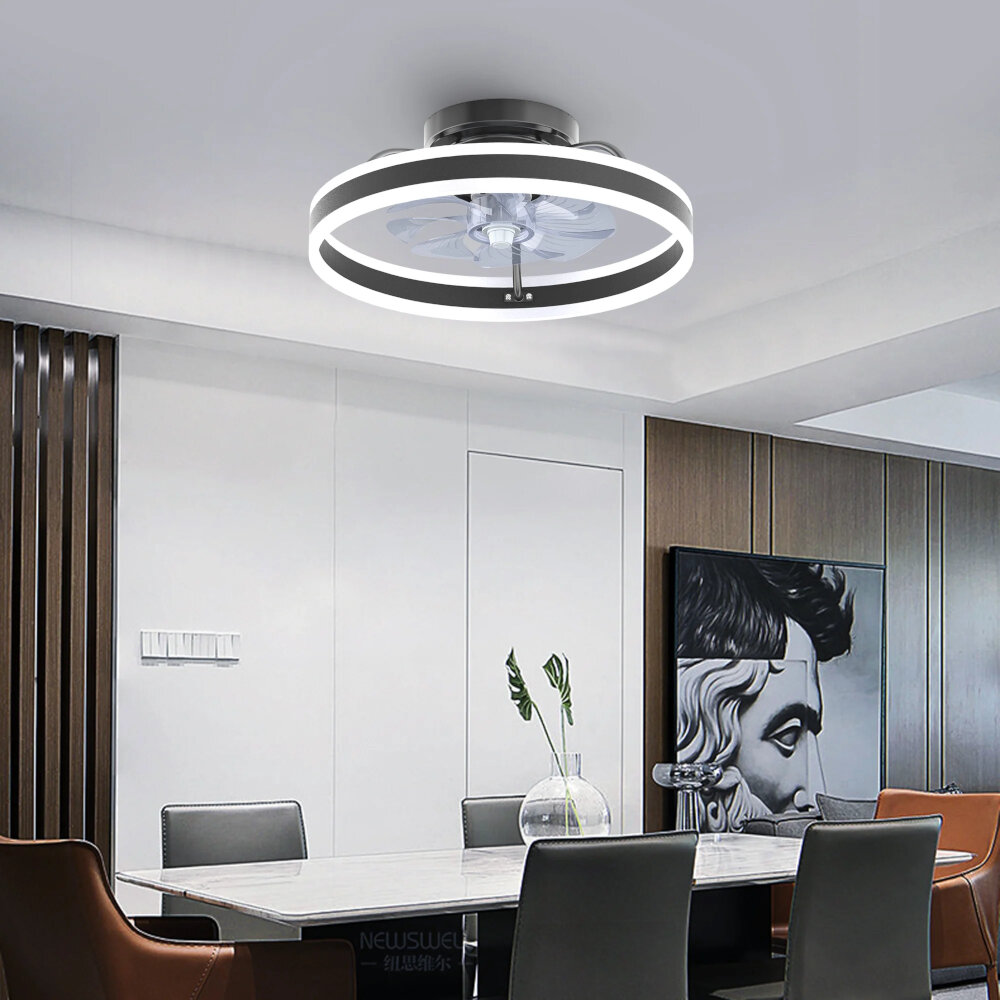
In conclusion, LED light bulbs are an energy-efficient and cost-effective lighting solution for households and businesses. While their upfront cost may be higher than traditional incandescent bulbs, their long lifespan and energy savings make them a worthwhile investment in the long run. Furthermore, with a range of options available on the market, consumers can choose LED bulbs based on their specific needs and preferences. By making the switch to LED lighting, individuals can not only reduce their energy bills but also contribute to a more sustainable future.


